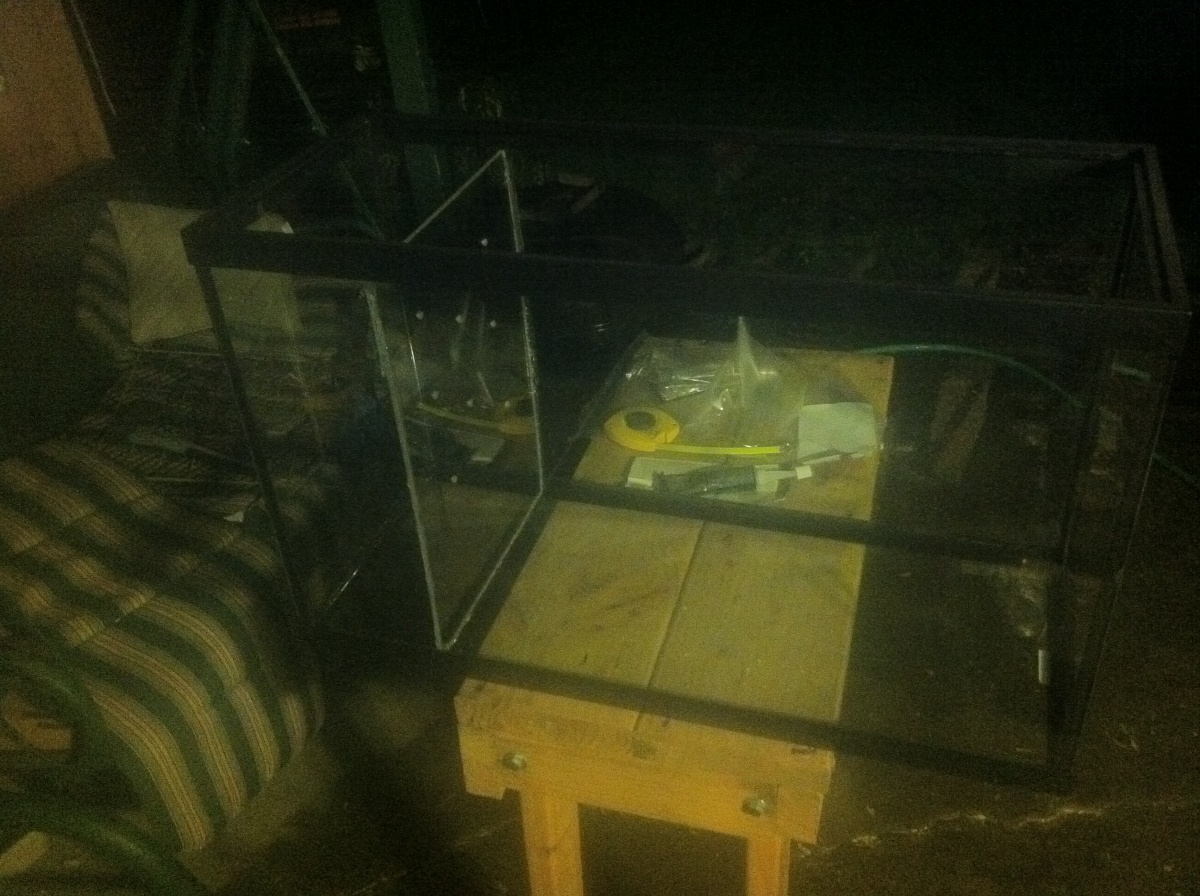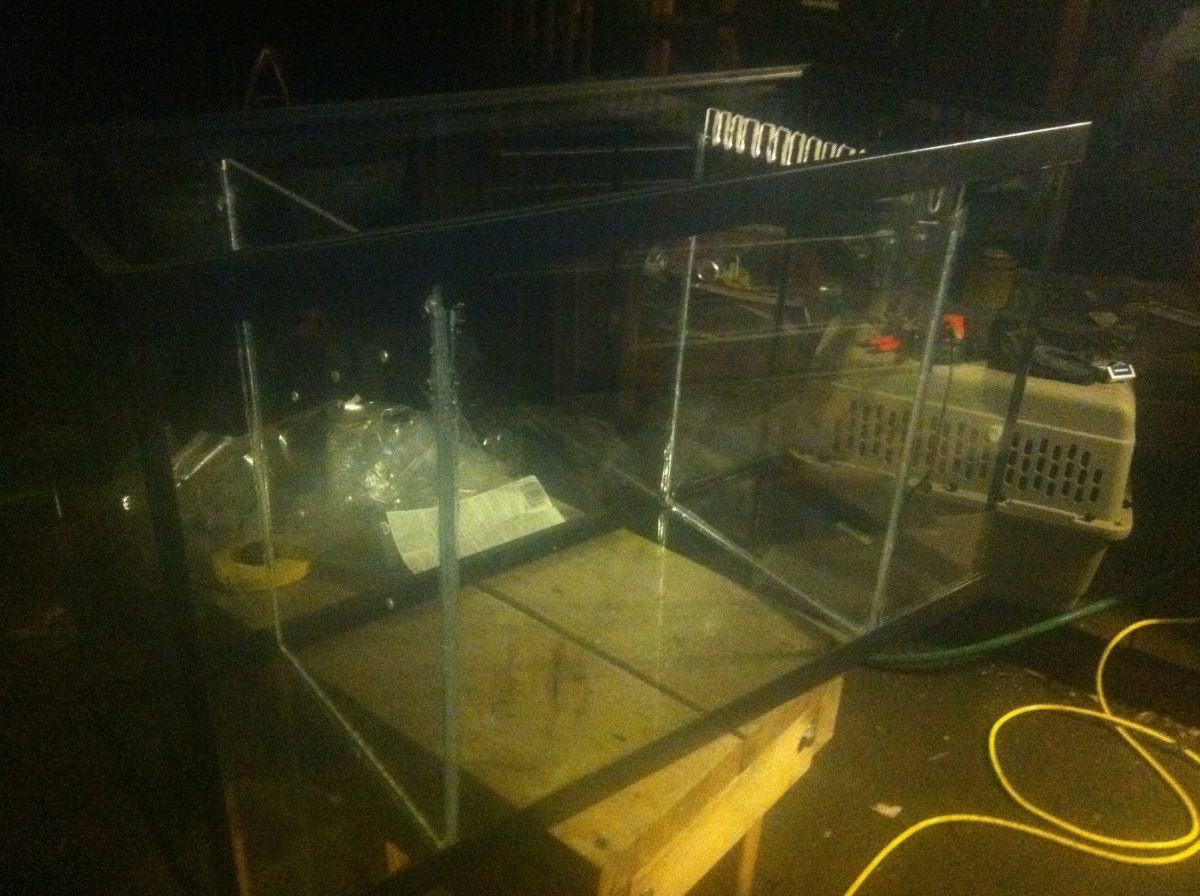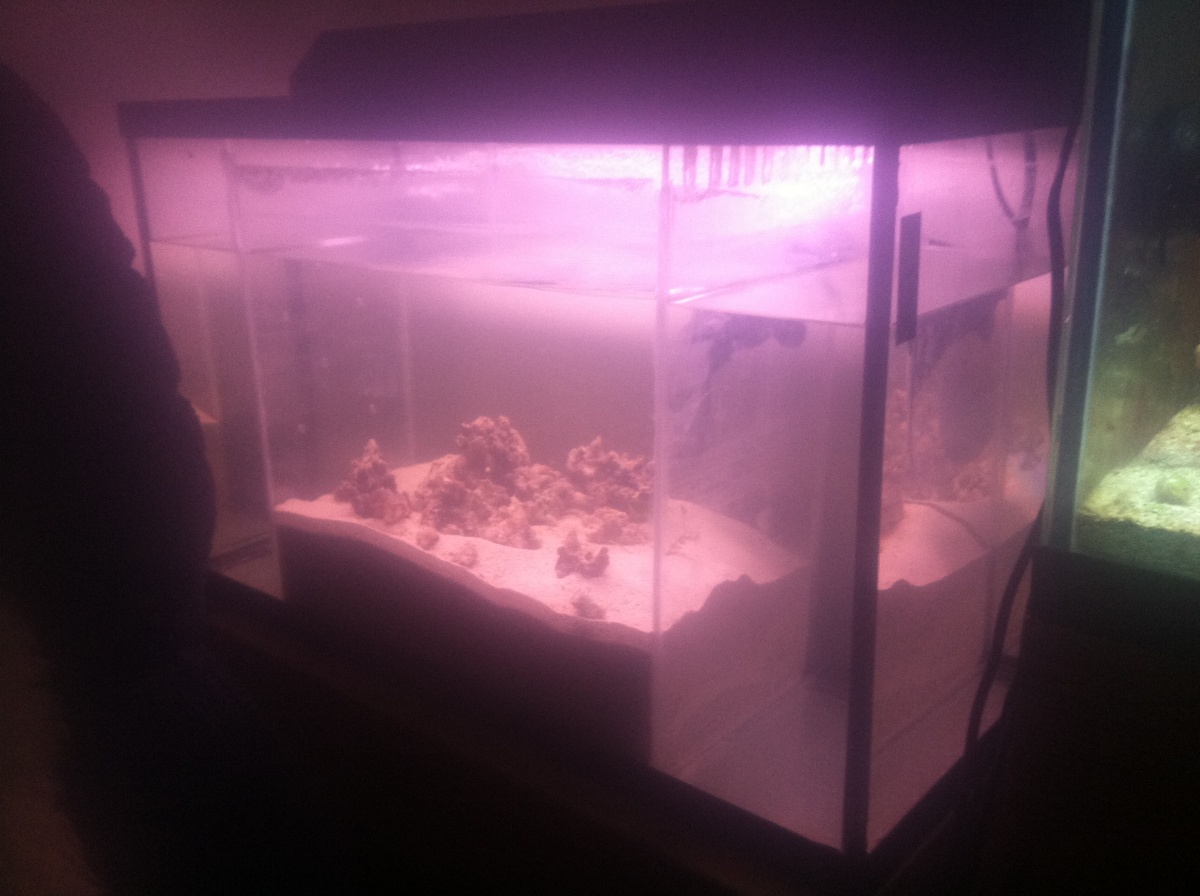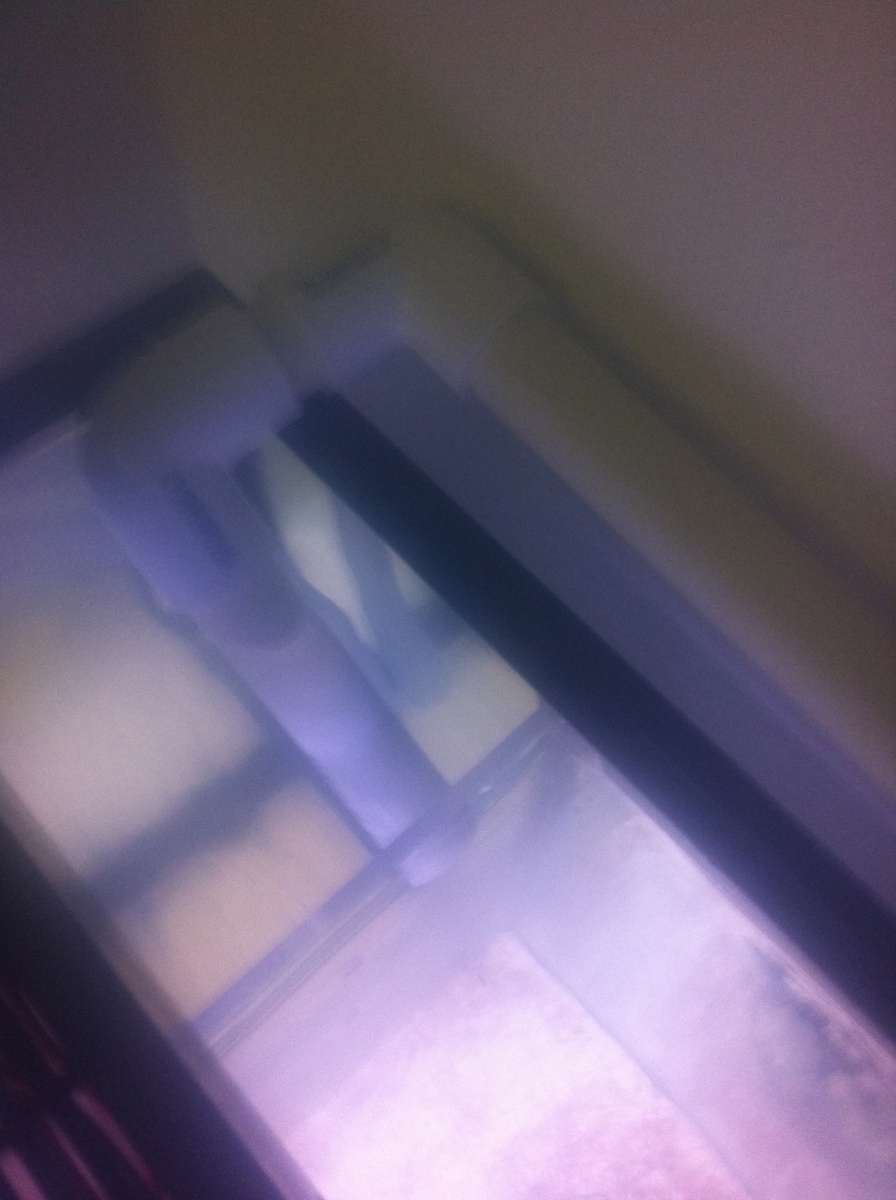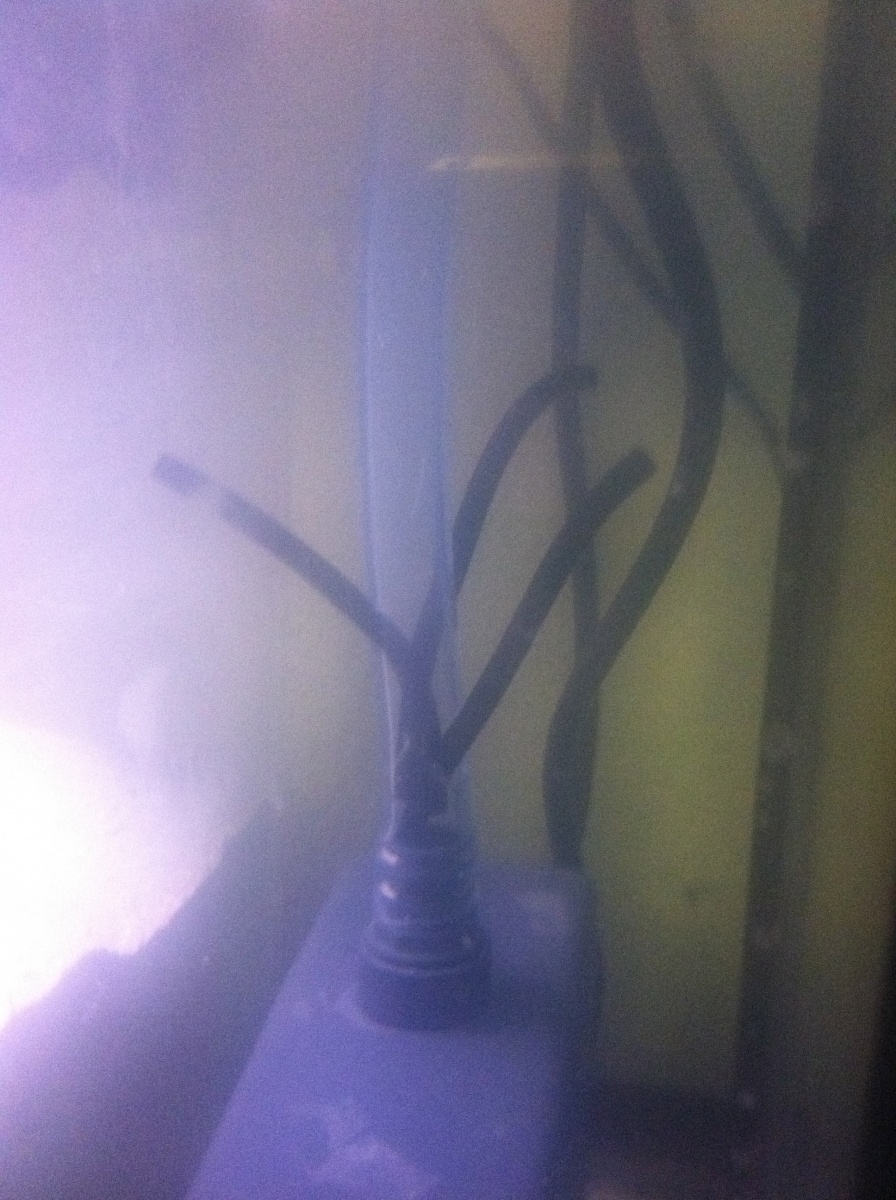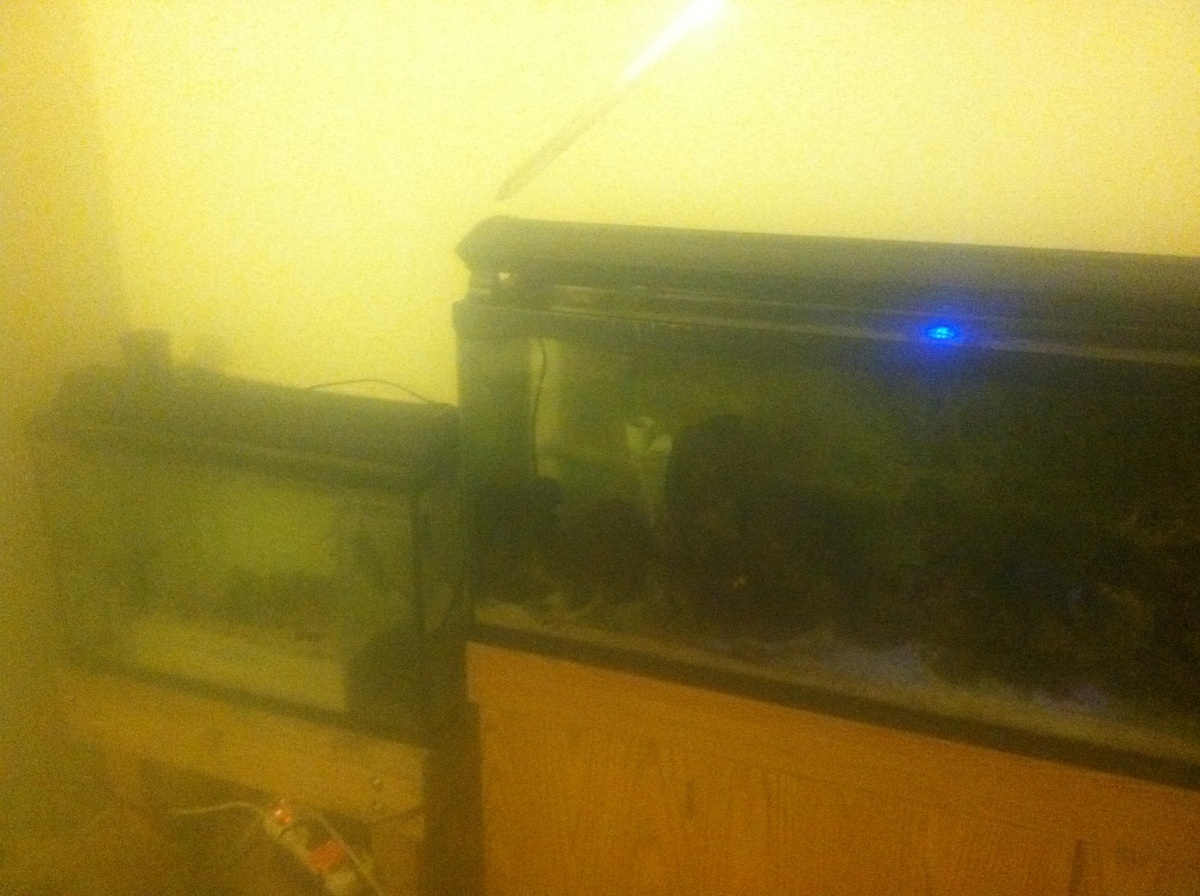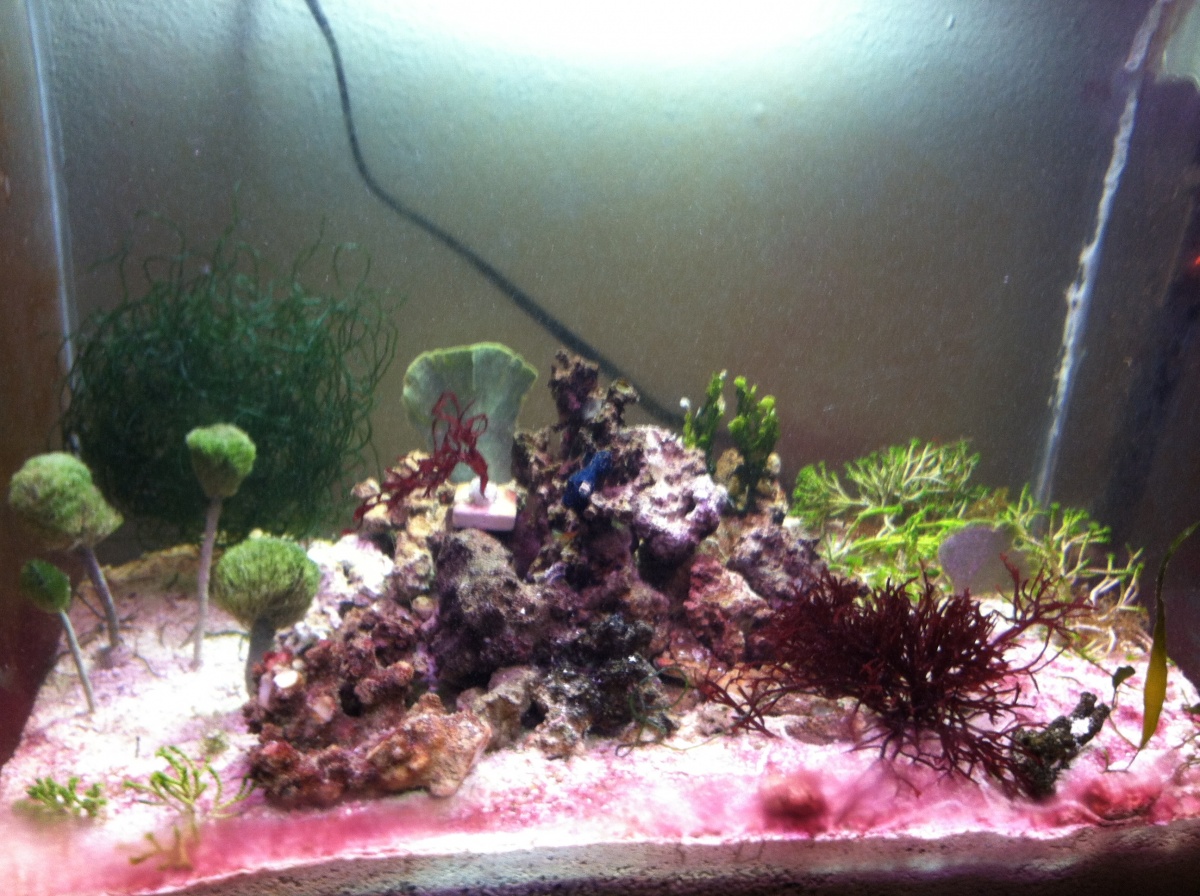MacDracor
Aquarium Advice Addict
So, when I upgraded from a 29 gallon tank to a 55, I was left with an extra tank. I decided to make a refugium. It's actually built and hooked up as I write this post, but I'm going to detail chronologically my design, process, and most importantly, my mistakes!
Step 1: The Design!
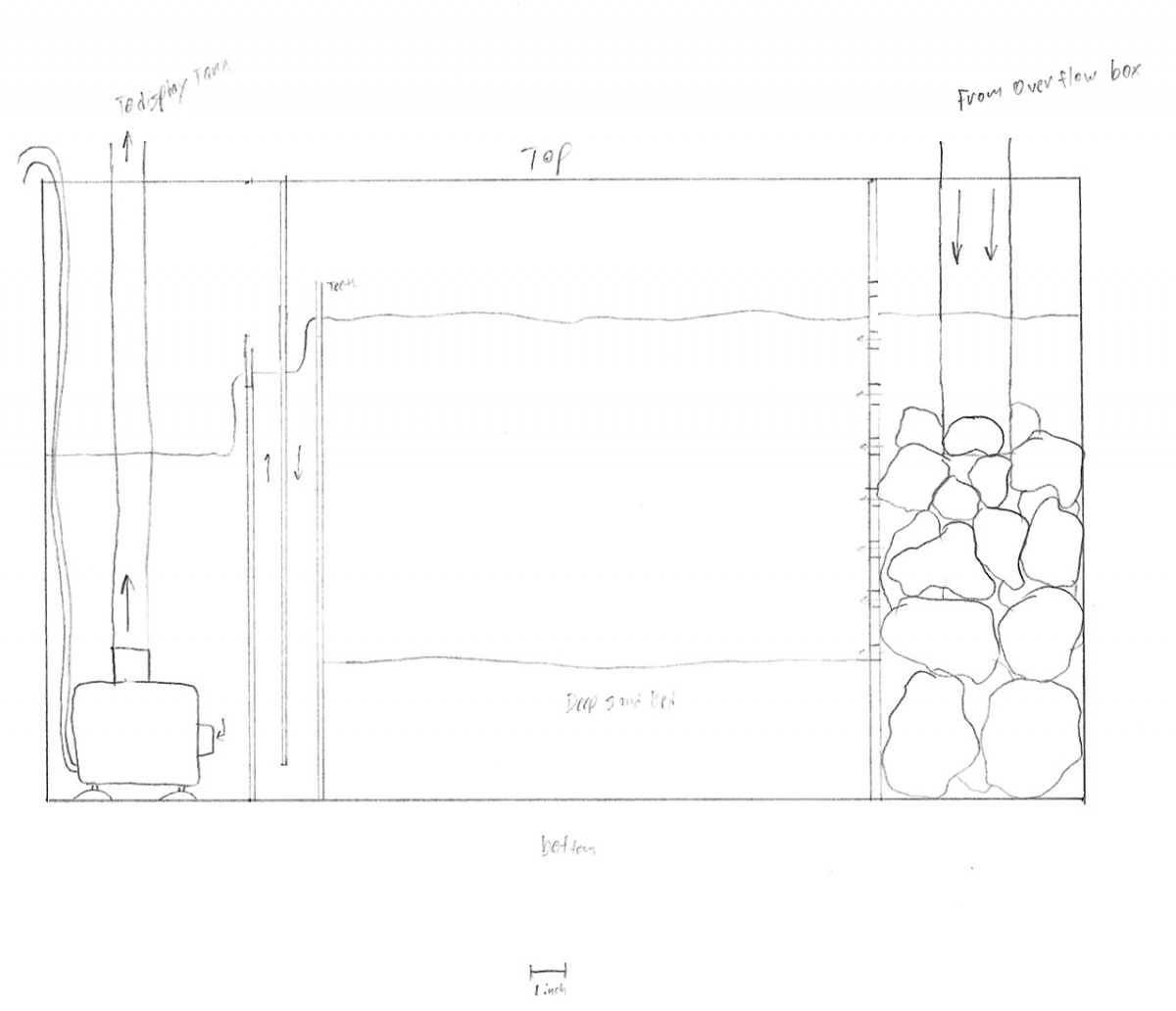
It's a basic design. Intake chamber with holes drilled to allow water to pass through instead of only flow over the top, refugium with Deep Sand Bed, three baffles for bubble trap, return chamber. I used a 29 gallon standard glass aquarium and purchased sheets of acrylic about 1/4 inch thick.
Step 1: The Design!

It's a basic design. Intake chamber with holes drilled to allow water to pass through instead of only flow over the top, refugium with Deep Sand Bed, three baffles for bubble trap, return chamber. I used a 29 gallon standard glass aquarium and purchased sheets of acrylic about 1/4 inch thick.

